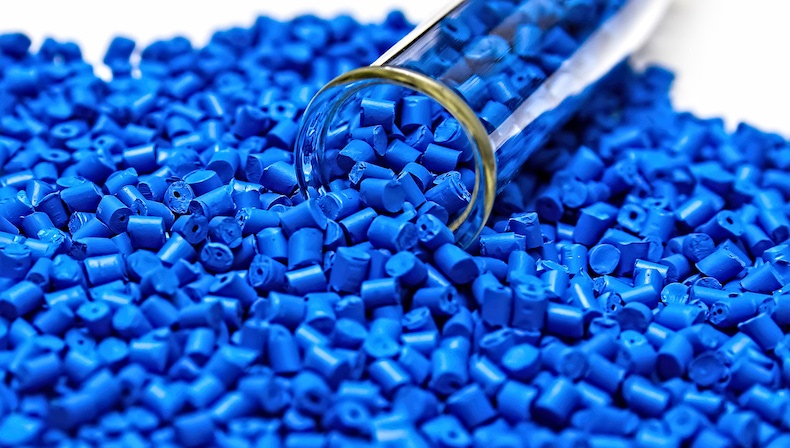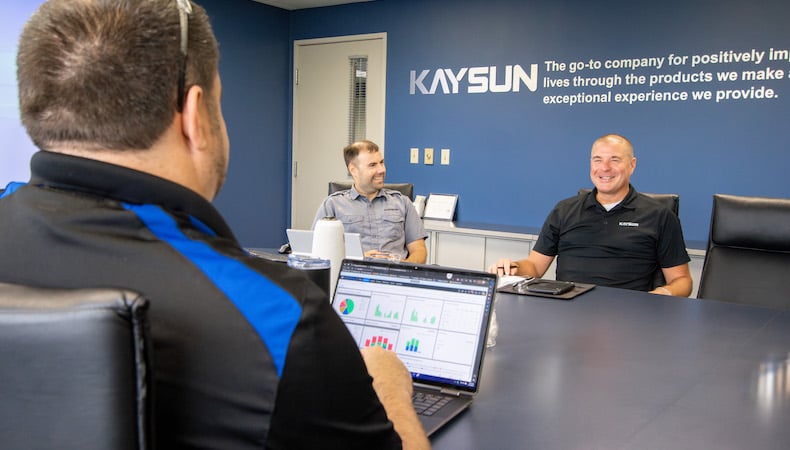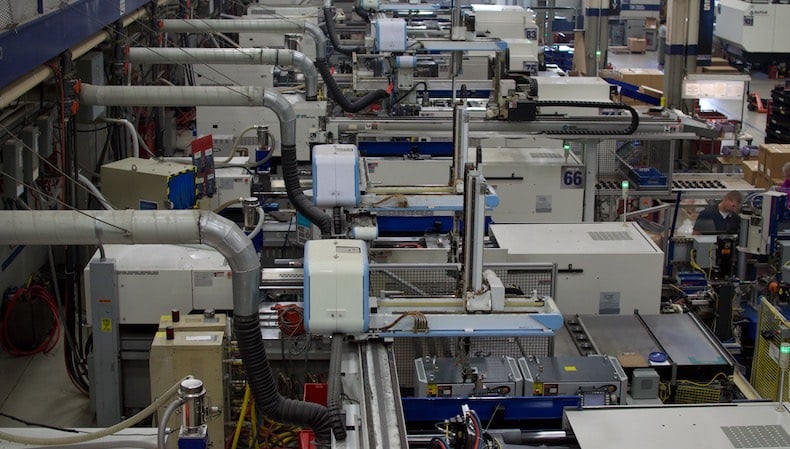Plastics / Resins

The plastics industry has been experiencing rapid growth since 2015. In that time, there have been numerous improvements to the materials, technology, and processes used, benefiting both manufacturers and consumers alike. The development of stronger, more lightweight plastics and thermoplastics has been one of the driving forces of growth, along with the use of recycled plastics and greener processes.
To further explain the growing demand for plastics, let’s look at a few key trends and advancements with specific types of plastic materials and resins:
High-performance thermoplastics (HPTPs) and engineering-grade thermoplastics (ETPs) have seen many improvements in strength, quality, and durability over the past few years, sparking an increased demand in numerous markets as a viable replacement for more costly, higher-weight metals. Likewise, HPTPs and ETPs offer more design flexibility for OEMs, which can often help shorten development time.
From the medical industry to aerospace, automotive, and military applications, many of today’s critical-use products require high-performance materials, and heat resistant thermoplastics have proven to be an ideal choice. Polyether ether ketone (PEEK), for example, is a linear thermoplastic that’s processed at a temperature range of 350-420° C, and offers incredible chemical resistance and mechanical strength.
While properties vary from one particular resin to another, below are some common advantages and disadvantages of many thermoplastics.
Thermoplastic materials are often used in injection molded plastic parts for simple and complex applications, such as:
Not to be confused with a thermoplastic elastomer (TPE), LSR has also seen increased use across many applications and industries. Its resistance to high temperatures rivals that of thermoplastics, while offering high tear strength, chemical resistance, and biocompatibility. It’s ideal for use in medical devices and implants, as well as for consumer applications like electronics and appliances.
LSR is often used in parts for:
With manufacturers constantly looking for ways to lower the cost of production and reduce the weight of their final product, plastics technology will continue to advance as manufacturers incorporate new materials into more of their designs. The options are virtually limitless for OEMs today—and can provide numerous advantages to applications.
Want to learn more about the material selection trends impacting manufacturers today? Stay tuned for Part 2 next week here on the Kaysun blog.


Despite being considered more energy efficient and producing less waste than other…
READ MORE

We consistently look for new ways to deliver timely service and top-quality parts …
READ MORE

OEMs across many industries enjoy the benefits of injection molding. It’s ideal fo…
READ MORE